Is Your Dracaena Plant Harmful to Your Beloved Cats?
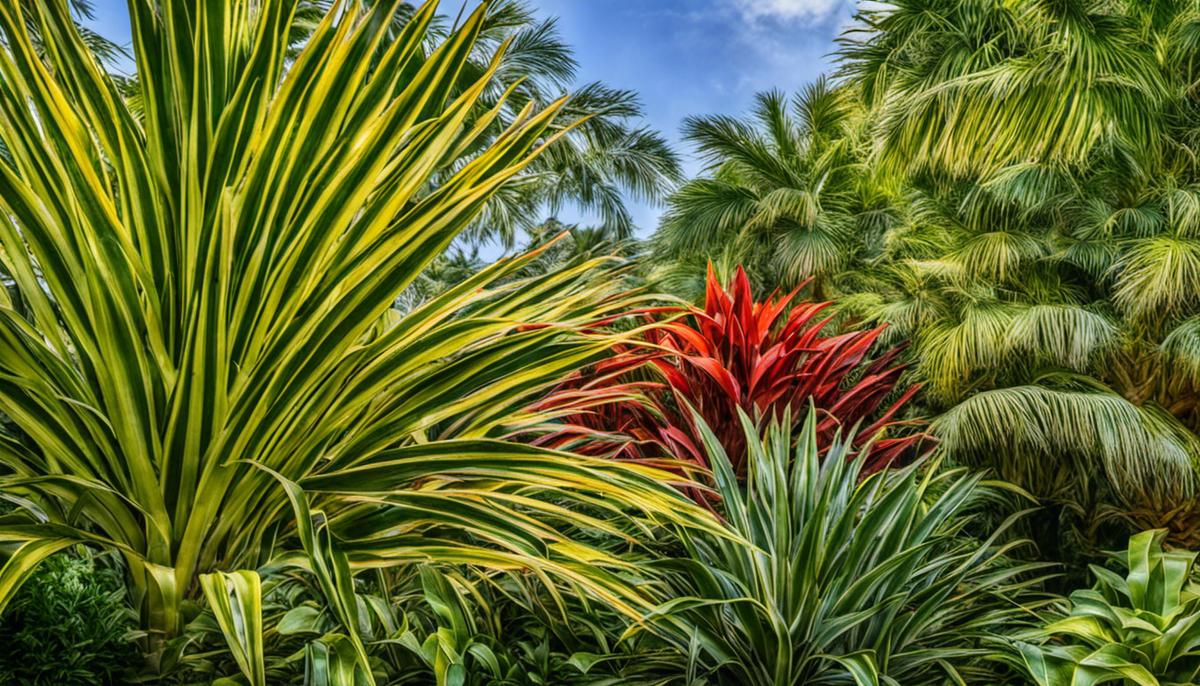
An indoor oasis brimming with greenery can lift the aesthetic appeal of any home, and Dracaena plants are often favored for their hardiness and versatility. As these plants hail from an extensive family, there are several types, each bearing its unique appearance and growth requirements, making them a perfect touch to your interior decor. This article however, delves into an important concern regarding these captivating houseplants – their toxicity, specifically their potential danger to cats. It is critical that we delve into the science behind Dracaena’s toxicity, understand its impact on our feline friends, and explore the precautions and alternatives to ensure a safe and harmonious cohabitation of greenery and pets in your home.
Understanding Dracaena plants
Unveiling the Magic of Dracaena Plants: Your Next Favorite Houseplant
Isn’t it true, dear parents, that we always seek ways to make our homes sparkle with elegance, warmth, and color? Believe it or not, introducing houseplants to your interior design can instantly elevate the aesthetic appeal and vibe of your home. Among the plethora of indoor plants, one shines a bit brighter than the rest – the Dracaena.
So, what is a Dracaena, you ask? Well, to embark on this green journey, it’s crucial to understand what these charmers are. Hailing from the family of Asparagaceae, Dracaena plants are richly diverse, with over 120 species spread across the globe. The tropical vibe that these indoor green plants add to the surroundings is unlike any other. Unsurprisingly, the name Dracaena comes from an ancient Greek word, “drakaina,” which means a female dragon. It refers to the red gum-like resin in the stems of Dracaena plants that appears like dragon blood.
Dracaena plants can vary vastly in size, shape, and color, allowing them to mingle seamlessly with your home décor. The range starts from small three-inch potted plants and architecturally bold plants reaching up to 15-feet tall. These low-maintenance, leafy wonders bear lengthy, glossy leaves with bright streaks, ranging from green to red, adding a dash of color and vibrancy to any room.
If we’re talking about resilience, Dracaena plants truly come out on top as the superstar of houseplants. They seem to have an innate ability to adapt to different environmental conditions, making them ideal for busy parents. Plus, they’re perfect companions for those boosting their green thumb confidence. With a little water and moderate to low light, these plants can stay with you for years to come.
Dracaena plants don’t only refresh your living space visually, but they also have proven benefits in cleaning indoor air. Known for their air-purifying qualities, these plants how to eliminate toxins like formaldehyde, benzene, and trichloroethylene from the air. These qualities invite a breath of fresh air into your home, both literally and figuratively!
Dracaena plants, besides being aesthetically pleasing, are non-toxic to humans. However, it’s good to remember that these plants can be harmful to pets, especially cats and dogs, if ingested. So, if you have fur babies at home, it’s wise to monitor them around Dracaenas!
With a graceful look, easy care, and health benefits, it’s clear why Dracaena plants have secured a place in the list of popular houseplants. It’s like a lifetime friend who embellishes your home décor, cleans your indoor air, and asks for minimal care in return. Now, isn’t that a wonderful deal?
Happy Gardening, everyone!
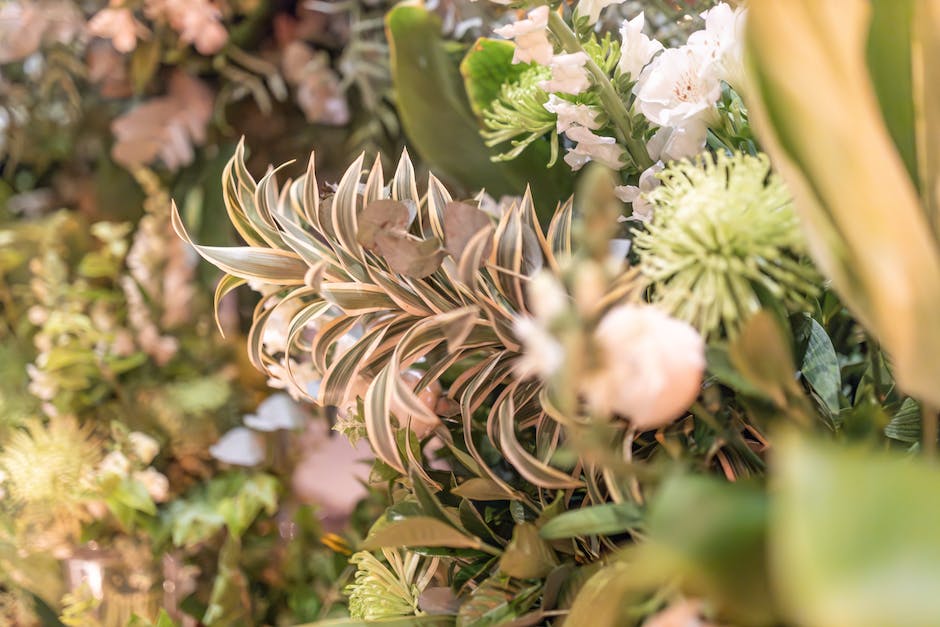
The toxicity of Dracaena plants
Down to Earth: Unearthing the Truth About Dracaena Plants and Toxicity
As we dive deeper into the vibrant world of houseplants, it’s crucial to have a clear understanding of our leafy companions. Some might be eyeing a Dracaena plant for their green arsenal, captivated by its striking appearance and renowned adaptability. And why not? The allure of the Dracaena family, with its rich variety and tropical charisma, is undeniable. Yet, what many plant enthusiasts may be asking is, “Are Dracaena plants toxic?”
The truth is a tad bittersweet. While our human bodies can coexist wonderfully with these leafy beauties, the outcome isn’t quite as rosy for our four-legged friends. It’s essential to note again that these plants pose no harm to us humans; they can be your constant green buddy without causing any health hazards. However, this toxicity concern mainly arises when we consider our beloved furry family members – dogs and cats.
So, why are Dracaena plants offensive to pets but not to us? It all boils down to the set of compounds known as saponins present in the plant. These naturally occurring substances are harmless to humans but can cause a different reaction in our pets. If ingested by dogs or cats, these saponins can lead to vomiting, loss of appetite, drooling, increased heart rate, or even dilated pupils in cats. It’s a cautionary tale that emphasizes the importance of proper placement and monitoring when adding a Dracaena to your indoor plant mix.
The good news is that most pets won’t consume enough of the plant to cause severe symptoms. However, considering our collective love for our pets, it’s best to err on the side of caution. If you’ve got a curious cat or an inquisitive pup at home, you might want to consider placing your charming Dracaena out of their reach or even choosing a different species to add to your green family.
Observed from another angle, there’s a silver lining in the supposed toxicity of these plants. In nature, saponins serve as a natural pest deterrent, making Dracaena plants more resilient and low maintenance. This undeniable charm adds to their allure, making them a favorite among houseplant enthusiasts, and an excellent choice for those looking for both beauty and ease of care.
In conclusion, the Dracaena’s dual persona might seem like a curveball to some, but it’s all part and parcel of the incredible versatility of Mother Nature’s creations. Just like anything else in life, taking care of houseplants requires information, attention, and love. Despite their minor toxicity concerns, Dracaena plants are still a fantastic addition to any home or office space – just remember to keep an eye on your furry ones. Here’s wishing you lots of joy and satisfaction in your gardening journey!
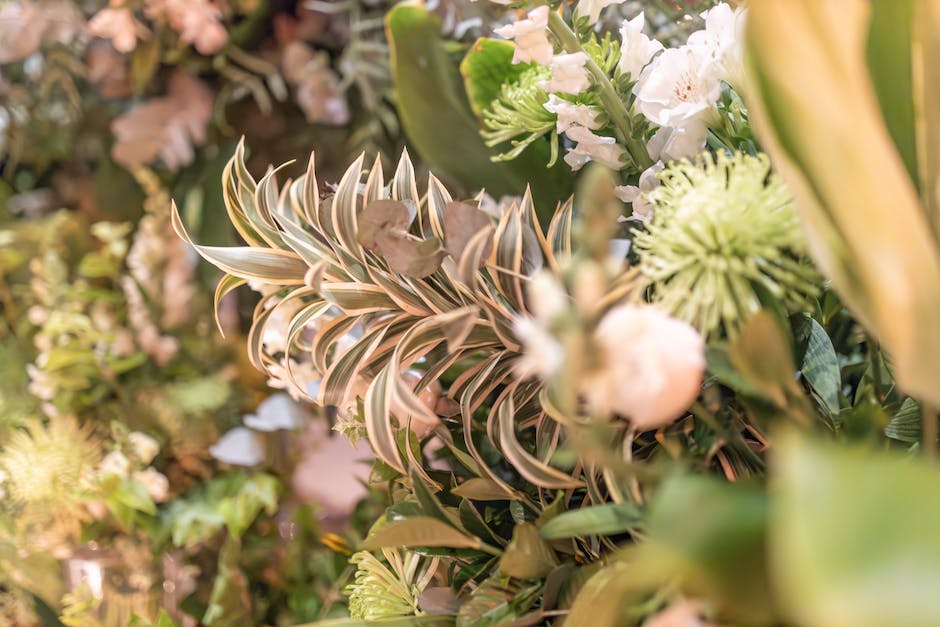
Effects on cats
As we journey further into the world of plants and pets, it’s crucial that we remember safety is key, especially when it comes to the ever-popular Dracaena plants. Not every plant that looks appealing and is easy to care for is safe for our cuddly companions. Sadly, this is the case with Dracaena plants.
Understanding the differences in toxicity for humans versus pets is crucial for any pet-loving plant parent. While Dracaenas are entirely safe for human handling, they can cause health issues in pets, specifically cats. This has everything to do with a chemical compound present in the plant known as saponins.
Saponins, naturally occurring plant glycosides, are found in many of our favorite houseplants, including the Dracaena. Though primarily serving as a natural insect repellent to keep the plant healthy, when ingested by pets, saponins can cause issues ranging from mild discomfort to severe symptoms, necessitating an immediate vet visit.
If a cat ingests a portion of a Dracaena plant, it may experience symptoms such as vomiting, loss of appetite, hypersalivation, and weakness. More severe symptoms might include dilated pupils, abdominal pain, increased heart rate, and, in rare cases, even collapsing. Unfortunately, these symptoms aren’t exclusive to Dracaena ingestion, making it all the more necessary to monitor your pet’s behavior closely and seek professional veterinary help if such symptoms manifest.
Clearly, the right plant placement and monitoring are pivotal when ensuring pet safety in a home filled with houseplants, particularly the saponin-rich Dracaena. Keeping these plants out of your cat’s reach is crucial. You might consider hanging them up high, placing them in areas where your cat doesn’t generally roam, or using baby gates for added safety.
Interestingly, saponins also offer benefits to the Dracaena plants! Their natural pest deterrent properties protect the plant from insects and fungi, contributing significantly to the resilience and low maintenance status that these plants enjoy.
In summary, when it comes to embracing the plant parent lifestyle, it’s essential to consider your furry pals’ safety and health. While Dracaenas are undeniably appealing in various aspects – low maintenance, resilience, and their natural insect repellent qualities – they may pose a risk to your feline friends. So, without a cloud of doubt, being cautious and proactive with your pets’ safety is crucial when introducing any new plant to your home, especially the lovely Dracaena.
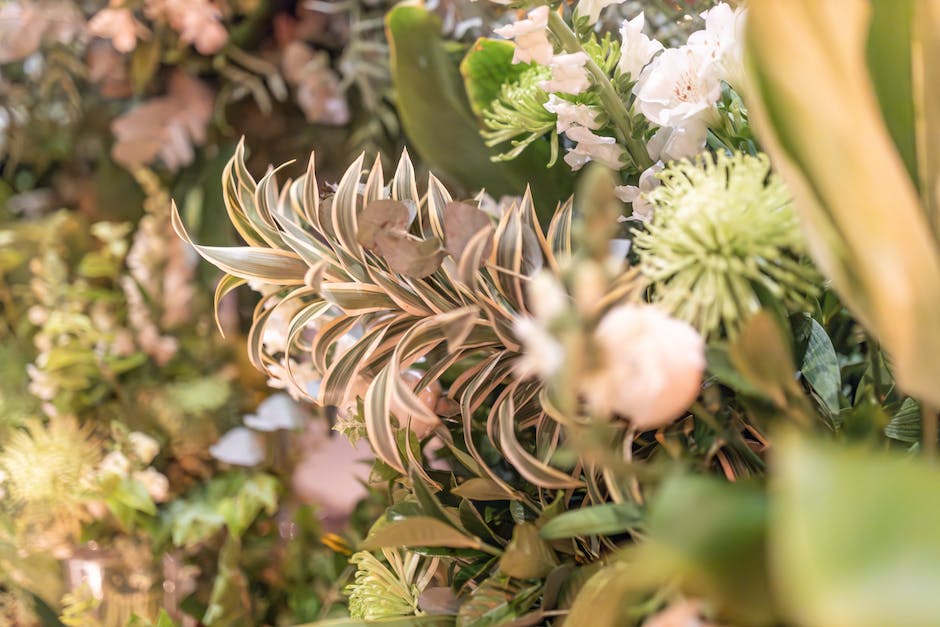
Precautions and Alternatives
Caring for Our Furry Friends: Cat-Safe Houseplants As Alternatives To Dracaena
When it comes to our favorite feline friends, there’s nothing we won’t do to keep them safe and happy. Inside our homes, every corner, every nook may hold challenges unknown, urging us always to keep a wary eye out. If you share your home and your heart with a cat, then it goes without saying that houseplants will be part of your journey. Noting the potential harm Dracaena poses to our furry ones, the question is now: how do we keep our cats safe and what are the safer plant alternatives for them?
Well, worry no more as there are many lovely plant choices that are as safe for our cats as they are pleasing to our eyes! One of these is the Areca Palm. Commonly known as the Butterfly Palm, it is an all-in-one package, providing a lush, tropical vibe while acting as a natural air purifier. Spider plants also make a fantastic choice, with their wild, fun look and ability to thrive in a wide range of conditions – just like Dracaena but without the pet toxicity!
Cats are known to have a fondness for nibbling on leaves. So, consider the Dwarf Banana plant. Its large, lush leaves can take a bit of a battering from a boisterous cat while not posing any danger to their health.
Incorporating cat-friendly plants into your home does not need to compromise style or aesthetics. The Christmas Cactus and certain types of Orchids bring a unique assortment of colors and shapes into the mix, all the while remaining non-toxic to our fluff balls.
However, despite having these safer alternatives, simply replacing all Dracaena or other potentially harmful houseplants may not be the end-all solution. Responsible pet ownership involves active supervision and careful plant placement. Try to place your houseplants out of kittens’ jump, leap, and climb zones.
Remember, cats are lively and curious creatures; they often investigate the world around them through taste. Therefore, always monitor for any sudden changes in their behavior or physical health, especially after introducing a new plant into your home. Any vomiting, excessive salivation, or lack of appetite should be considered a warning sign and warrant immediate attention from your trusted vet.
To wrap up, building a cat-safety conscious home involves a blend of safe plant choices, strategic plant placement, and an acutely watchful eye on our feline companions. While the harm that plants like Dracaena can cause is unfortunate, the good news is that with numerous cat-safe alternatives and the right precautions, we can easily maintain a cat-friendly home blooming with lush, lively, and air-purifying greens. So, here’s to creating cozier, healthier, and safer homes for our beloved four-legged family members, one plant at a time.
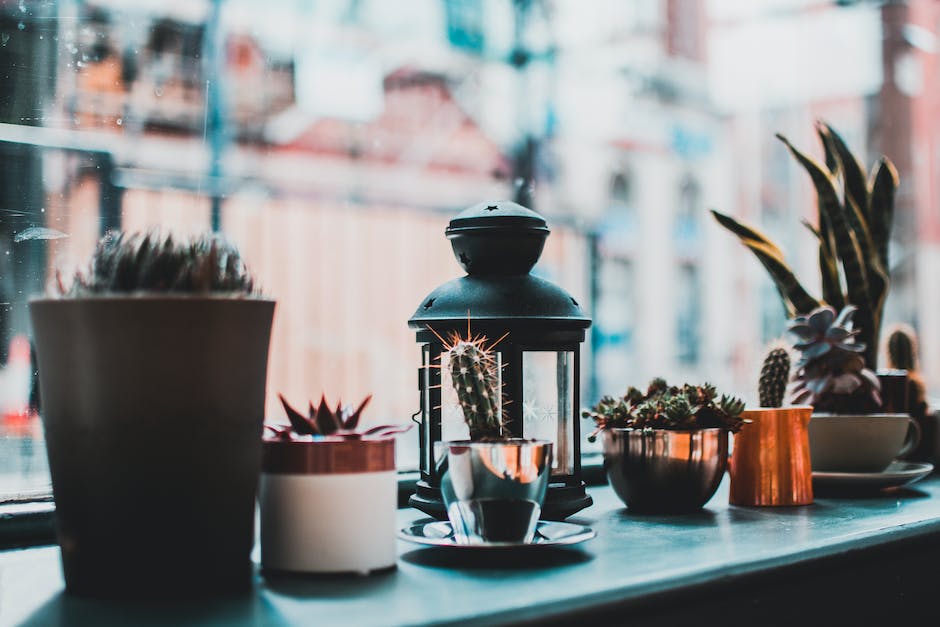
Balancing the love for houseplants with the safety of our feline companions can be a nuanced task. Understanding the inherent toxins in Dracaena, recognizing the signs of poisoning in cats and knowing the steps to take if such a situation arises is fundamental. It is equally crucial to adopt preventive strategies, whether that’s through thoughtful placement of plants, usage of plant covers, or even transitioning to safer botanical options. It’s certainly possible to accomplish a pet-friendly home without compromising on the lush abundance of houseplants. Remember, the aim is to create a space that is as pleasing to you as it is safe for your pets.



